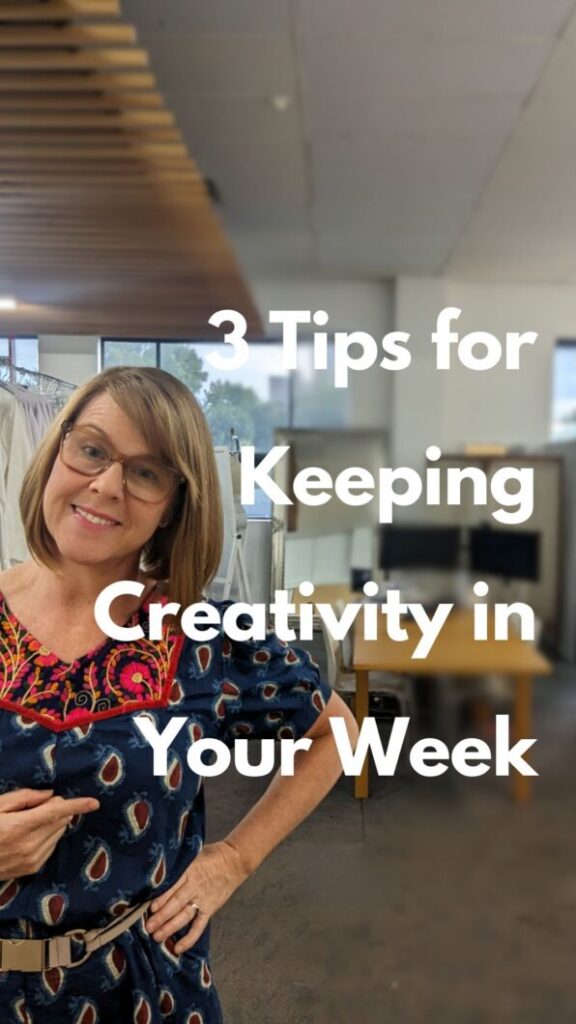Design Balance: Strategies for Creative Designer Business Success

Are you a designer struggling to balance your creativity with the rigorous demands of running a business? In a world where the pressure to stay innovative collides with the daily grind, finding that equilibrium is more crucial than ever. Fortunately, there are strategies that can help you maintain your creative spark while efficiently managing your business operations. Let’s explore some key insights that can revolutionize the way you work.
Time is a designer’s most precious resource, especially when juggling creative endeavors with business tasks. Allocating specific times for creative work can dramatically increase productivity and innovation. Dedicating a half or full day exclusively to creativity allows you to focus deeply, without the interruptions of day-to-day business tasks. This practice of “chunking” time not only improves the quality of creative output but also aids in better task management across the board.
Remember, incorporating time for creative activities isn’t just about design work. It extends to brainstorming for social media content, planning photoshoots, and more. Structuring your week with predefined slots for different types of tasks can help you navigate the complexities of running a design business more effectively.
Inspiration and Its Sources
Finding inspiration is the cornerstone of creativity. It’s essential to explore various sources, from Pinterest boards and fashion shows to experimenting with draping on a stand. These activities fuel your creative thought process, offering fresh perspectives and ideas. It’s important to keep an open mind and seek inspiration in unexpected places, whether it’s an old book or the latest advancements in AI.
However, it’s crucial to approach AI-generated designs with caution, as not everything conceived in the digital space can be realistically brought to life. Collaboration with pattern makers can help translate these inspirations into viable designs, bridging the gap between imagination and practical execution.
The Importance of Experimentation
One of the key aspects of nurturing your creativity is allowing room for experimentation. In the overall costs of a full range, the development budget is around 15-20% of your full budget so you won’t break the bank in testing new ideas that can lead to groundbreaking designs. It’s through this experimental phase that you identify what works and what doesn’t, refining your creations before moving to production. Embracing trial and error as an integral part of the design process prevents stagnation and promotes the evolution of your brand.
Accepting that not every idea will be a success is crucial. What matters is the learning experience and the opportunity to innovate. Experimentation not only saves you money in the long run but also strengthens your brand’s identity and appeal.
Click the image below to watch this week’s video
Creating a Creative Environment
The physical and mental space in which you work profoundly impacts your creativity. Transforming your workspace into a hub of innovation can be as simple as altering work hours or dedicating areas for creative pursuits. Such changes can rejuvenate your team’s creative energies and foster a more dynamic and inspiring work culture. It’s about creating an environment that encourages creativity to flourish naturally.
Personal Rituals and Processes
Every designer has a unique approach to staying creative. Some find solitude essential, opting for retreats or solo trips to refresh their creative vision. Others may have daily or monthly rituals that help them maintain a creative mindset. Sharing insights and learning from the practices of others can introduce new techniques for keeping creativity alive in the hustle of business life.
How can I find time for creativity when I’m overwhelmed with business tasks?
Prioritize and schedule it like any other critical business activity. Consider creative work an essential part of your business’s success, not an optional extra.
How do I know if an idea is worth exploring?
Start by assessing the idea’s feasibility and potential impact on your brand. If it excites you and aligns with your brand identity, it’s worth exploring further.
What if I’m not naturally creative?
Creativity is a skill that can be developed. Expose yourself to new experiences, collaborate with others, and be open to learning. Over time, you’ll find your unique creative voice.
Balancing creativity with business is challenging but not impossible. By managing your time effectively, seeking inspiration actively, embracing experimentation, creating the right environment, and adhering to personal rituals, you can ignite your creative spark while steering your business to success. Remember, the key is to find what works best for you and your team, and to always be open to evolving your approach. Stay creative, stay inspired, and let your designs do the talking.
What strategies do you use to balance creativity and business? Share your tips and experiences in the comments below. Let’s continue to inspire and support each other in our creative journeys.
